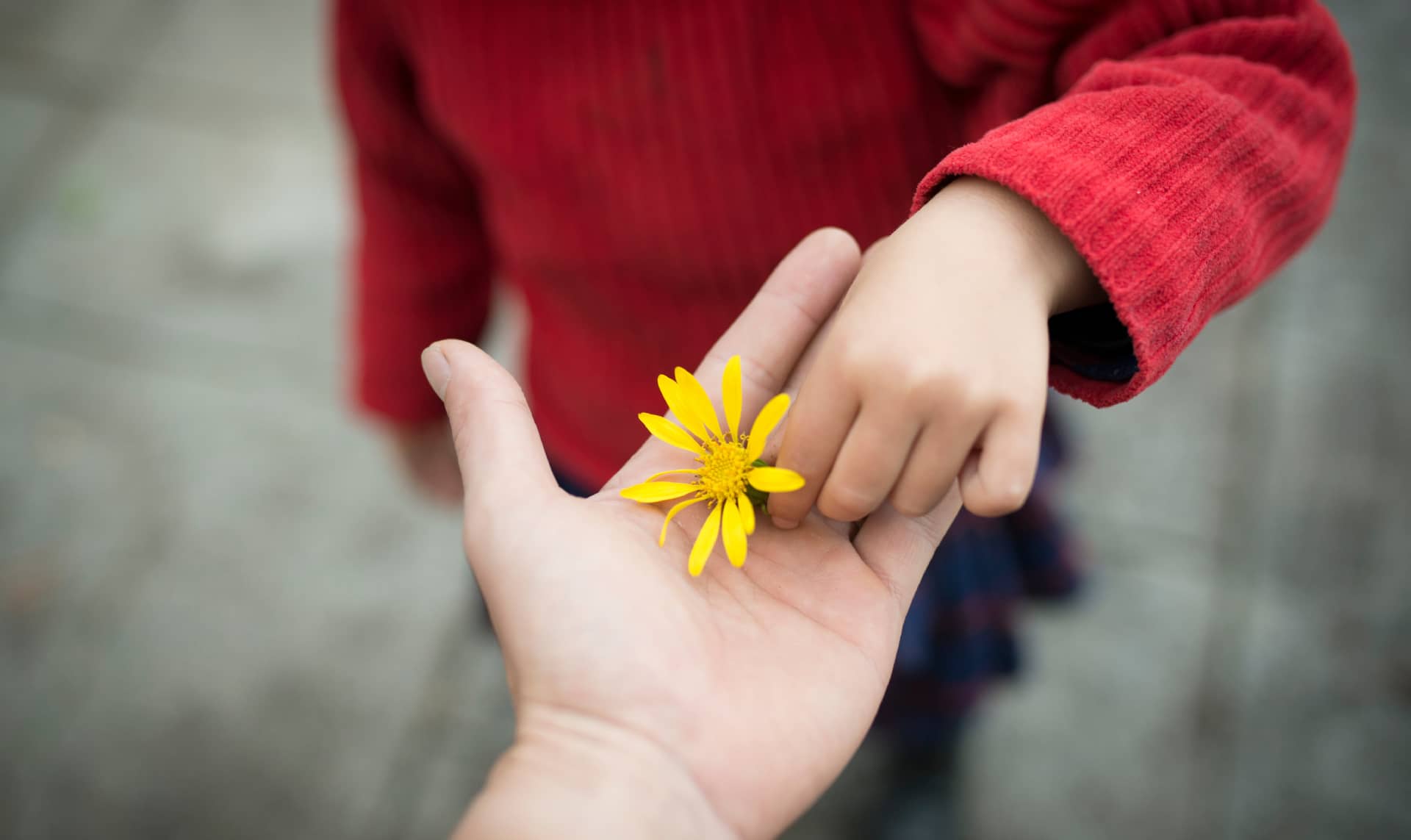Ambivalent Anxious Attachment: What Is It?
One of the four forms of attachment recognized by John Bowlby's theory is anxious ambivalent attachment. It is typified by feelings of insecurity and desertion dread. Children who have this kind of connection frequently weep when their caregivers are not around, feel uneasy around strangers, and frequently act out when their caregivers return—they may even reject them.
An emotional expression that swings between two opposed extremes, such as stability and instability, love and hatred, or security and insecurity, is indicative of this kind of relationship. The caregiver-child relationship, which is typically sporadic and uneven, is where it all began. For instance, the baby's caretaker might not always be there to meet her needs or could unpredictably respond to her cries.
This kind of attachment causes children to become overly connected to their attachment figure and nervously explore their surroundings because they fear abandonment and are always looking for validation from their caregivers.
Features
It's critical to keep in mind that attachment is developed in the first few years of life and might impact interactions with others as an adult. Three more varieties of attachment exist in addition to ambivalent anxious attachment: disorganized, anxious-avoidant, and secure. Each has unique traits and implications for an adult's life.
Low self-esteem, unstable or poisonous interpersonal interactions, emotional instability, and ambivalence about others are characteristics of anxious ambivalent attachment.
Learning from the secure attachment behaviors of others and developing interpersonal security-promoting tactics in psychotherapy are two important aspects of treating anxious ambivalent attachment. The patient's evolution toward a safer relationship style, her awareness of her needs, and the acquisition of skills to become less emotionally dependent are the key goals of the treatment.



